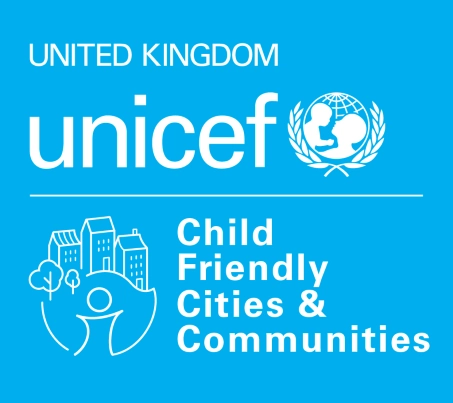
Risk assessment
Core principles
Risk assessments should form an integral part of planning online participation and engagement sessions, just as they would when planning face-to-face sessions.
Consider the following points when writing the risk assessment:
Informed consent supports children and young people to understand the session content, and raise any potential safeguarding matters before the session. It also provides the opportunity for you to have the child’s and parents’/carers’ contact details, should this information be required after the session.
Ensure there is informed consent from all participants to take part in the online activity.
Informed consent should include consent to participate, as well as consent for any other aspect, such as using work produced in the session.
In most instances, it is important to have parents/carers of those under 16 years old countersign the consent form.
Where it is not possible to receive signed forms, provide an alternative way to share information with parents/carers. For example, a video call to record informed consent.
Data and privacy are fundamental aspects of keeping safe online.
The forum chosen should ensure that personal information, such as location, is not available for all to see.
Children and young people should be supported to consider how they wish to be safely represented. This may mean having only their first name viewable, and/or their video turned off.
Children under the age of 13 years should not have social media accounts.
Consider how their parents and carers will be engaged in the session and work with them, so they can access the planned activity.
- Is the platform being used accessible for the children and young people you are hoping to engage?
- Is the platform supported by your organisation’s ICT and privacy policy?
- Will there be a child friendly ‘how to’ guide before the session so no one feels left behind?
Closed groups on social media are a common way of engaging with a group of children and young people. They allow the administrator greater control over who can join and access the material.
It is important to maintain transparency throughout the session.
Consider having two professionals facilitate, or include parents and carers (especially of younger children). This means that what is said and done in the group will be seen by more than one adult, enabling greater support for you and the children and young people taking part.
Customarily, facilitators should not meet with children alone via online channels. However, we recognise that there may be times when practitioners are working with children on a one-to-one basis, either planned or unexpectedly. In order to keep interactions safe in these instances, practitioners should:
- Let others know about the sessions, by updating work calendars and informing line managers.
- Consider linking in with the parents/carers beforehand, not only as part of the informed consent process, but also to agree where they will be during the session. They may agree to join for part or all of the session, or remain in the room next door. Inform parents/carers of how they can raise any concerns they have about the session, for example with a service manager.
- Consider how you create a shared space agreement with the child or young person at the start of the session, so that they know what to expect, they understand the actions you will take should there be a child protection concern, and they know what to do if they feel uncomfortable or have a concern.
- Record the session immediately afterwards, including details such as the date, time and content headlines.
Depending on your relationship with the children and young people, it may be important to have supporting adults within the session who know the children.
For example, if you are working with a group of school children that you do not know, it is helpful to have a professional from the school join. This means that if something such as a child protection concern arises within the session, there is an adult who knows the child and their support network available to support your response.
Consider the set-up of the session and inform participants of it well before. Is it a video call? If so, ensure that where possible professionals, children and young people are not being filmed in their bedrooms, and that everyone is dressed appropriately.
Where this is not possible, suggest that bedroom doors are kept open or that others in the household are nearby.
As with most workshops and training, start the session with a group agreement. Empower children and young people to share their dos and don’ts (i.e. expectations for the session and from each other). This provides an opportunity for the group leader to share the safeguarding measures for the session, and inform children what you will do if you are concerned.
Do not promise confidentiality as this may need to be broken in the event of a child protection issue.


